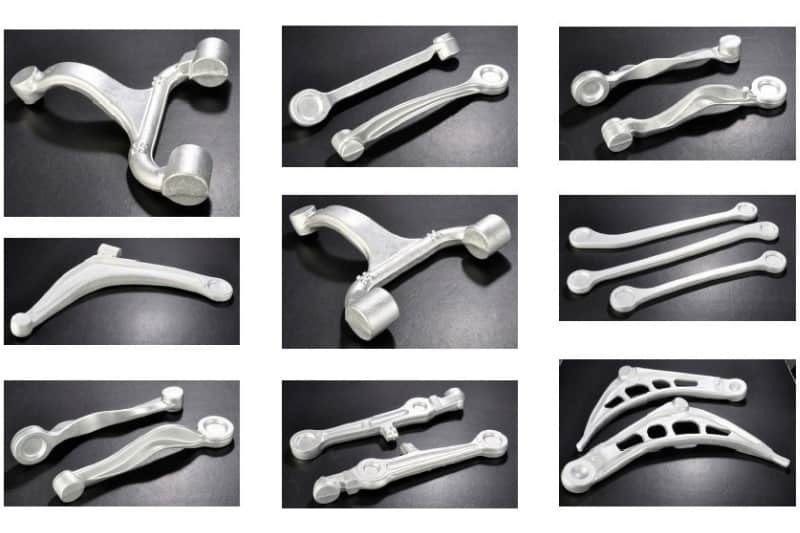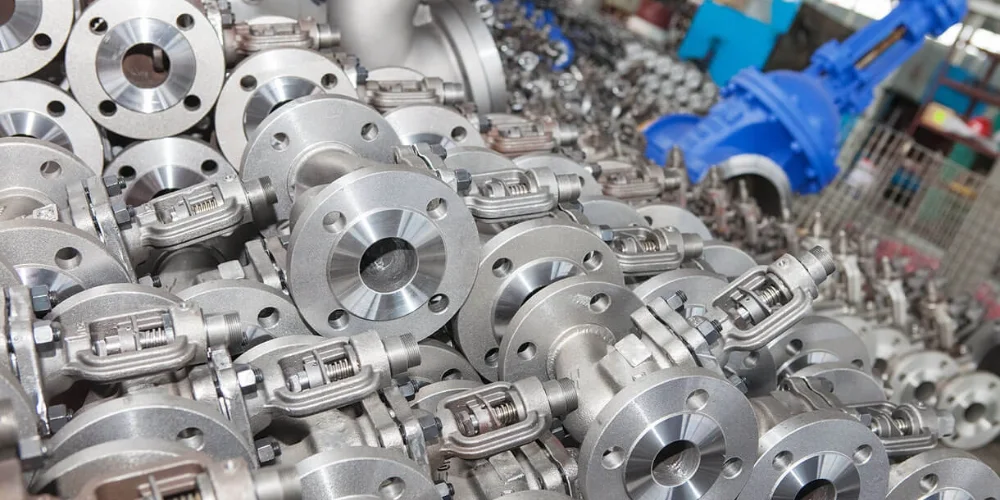Long Hinges
Long hinges, often overlooked in the realm of hardware and construction, play a significant role in the functionality and longevity of numerous objects and structures. As the unsung heroes of doors, cabinets, industrial machinery, and transportation equipment, these elongated hinges provide unparalleled strength, stability, and security. In this article, we delve into the world of long hinges, exploring their advantages, types, applications, materials, installation procedures, and maintenance requirements. Whether you are a contractor, architect, or simply curious about the mechanics behind these inconspicuous yet essential components, join us as we uncover the versatility and benefits of long hinges, unraveling their hidden potential.
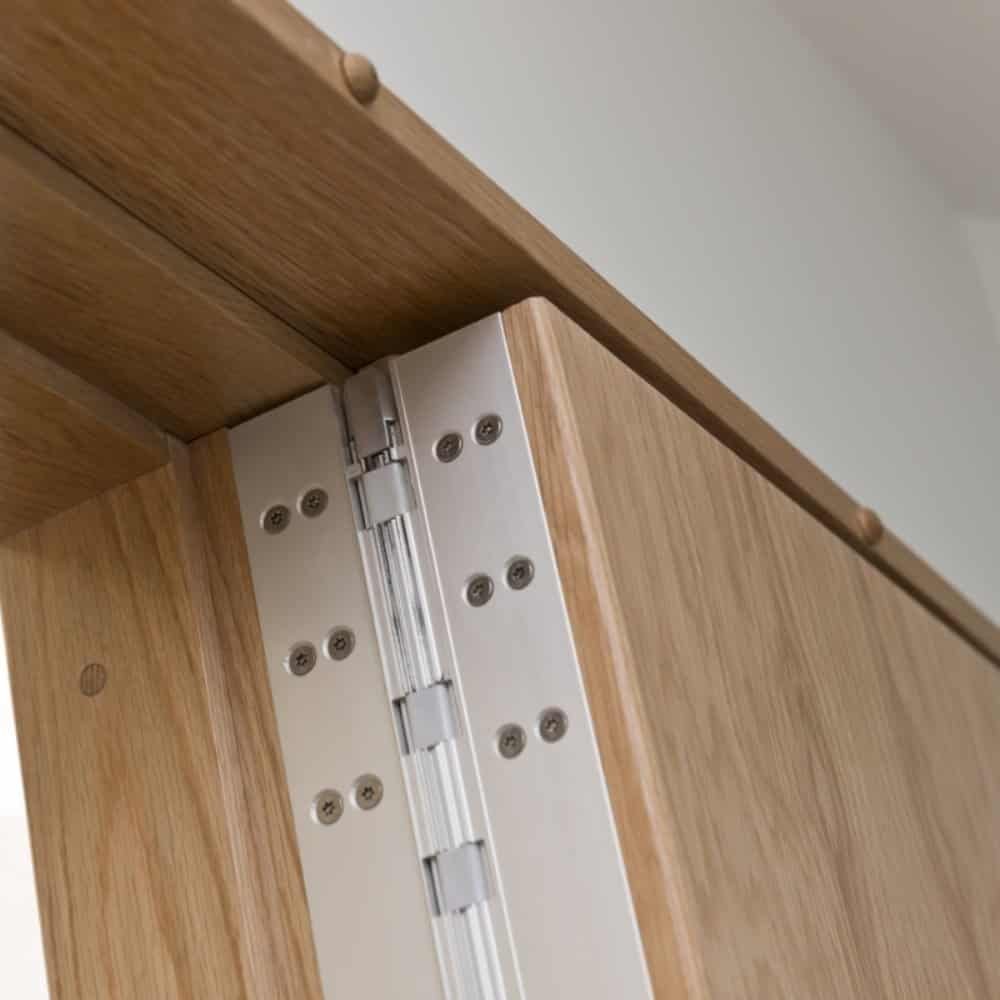

[toc]
What Are Long Hinges
Long hinges, also known as continuous hinges, are specialized hinges that extend along the entire length of an object. They provide uninterrupted support and stability, making them ideal for heavy-duty applications. Long hinges distribute weight evenly, reducing stress concentration and the risk of damage. They are commonly used in doors, cabinets, industrial machinery, and other applications that require durability and smooth operation. Long hinges offer enhanced security and functionality compared to regular hinges. Their versatility makes them a popular choice in various industries.
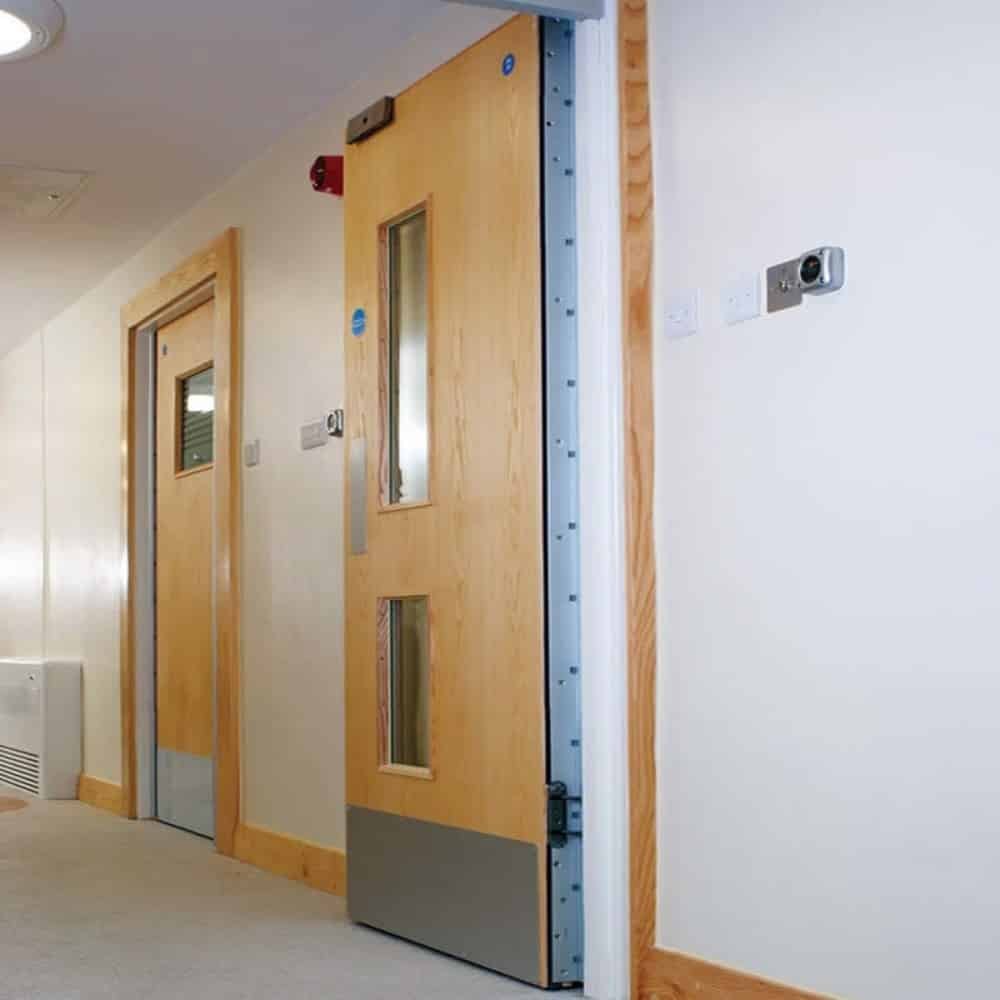

Advantages of Long Hinges
Long hinges, or continuous hinges, provide numerous advantages over regular hinges.
- Offer enhanced strength and durability
- Distributing weight evenly along the entire length
- Minimizing the risk of damage or sagging.
- Improved stability, smooth operation, and added security
- Require minimal maintenance
Long Hinges vs. Regular Hinges
Long hinges differ from regular hinges in several key aspects. Long hinges offer even weight distribution along the entire length, ensuring greater stability and preventing damage or sagging. They provide continuous support, making them stronger and more durable than regular hinges. Long hinges offer enhanced security, and smoother operation, and are better suited for heavy-duty applications. Overall, long hinges excel in strength, durability, and suitability for demanding applications.
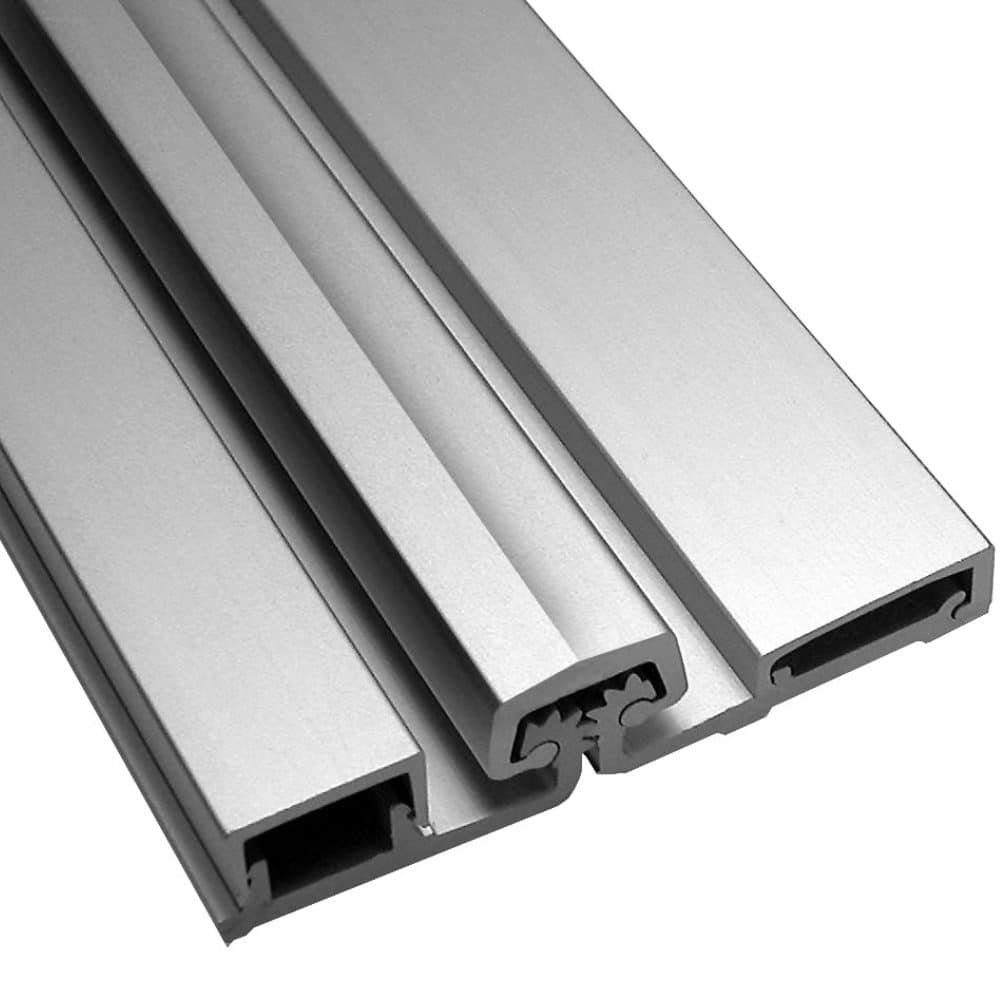

Types of Long Hinges
Long hinges, also known as continuous hinges, come in a variety of types to suit different applications. Here are some common types of long hinges:
- Piano Hinges
- Strap Hinges
- Pivot Hinges
- Butt Hinges
- Continuous Barrel Hinges
- Concealed Hinges
- Geared Hinges
These are just a few examples of the types of long hinges available. Each type has its unique features and applications, allowing for versatility in various industries and settings. The choice of hinge type depends on factors such as the weight and size of the door or object, aesthetic requirements, and the level of durability and support needed.
Common Applications of Long Hinges
Long hinges, or continuous hinges, are commonly used in numerous applications across various industries. They find extensive use in doors (residential, commercial, and industrial), cabinets, toolboxes, industrial machinery, gates, fences, railway carriages, aircraft components, foldable partitions, and furniture. Long hinges provide stability, smooth operation, and durability in these applications, ensuring secure access, reliable support, and ease of use. Their versatility makes them a popular choice in multiple industries where continuous support and seamless functionality are required.
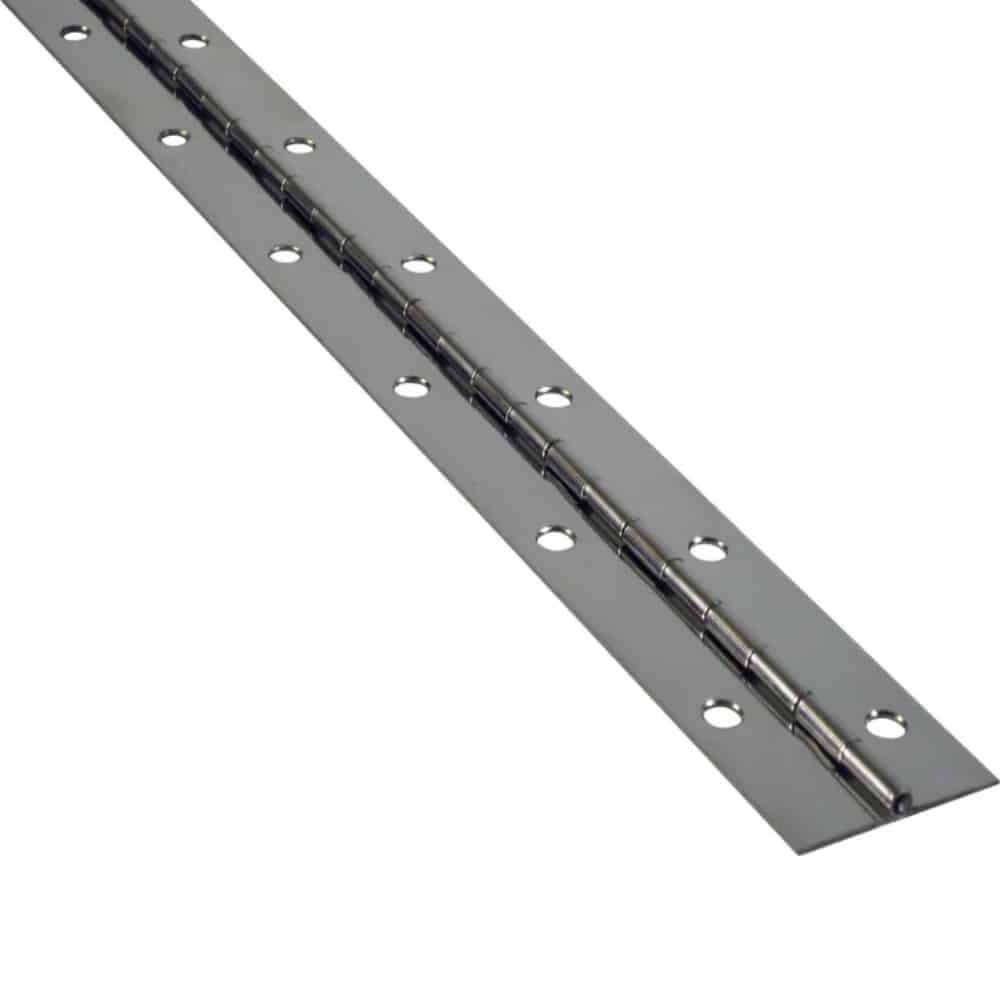

Materials and Finishes for Long Hinges
There are a variety of materials and finishes available for long hinges, depending on your specific needs and preferences. Here is a list of materials and finishes commonly used for long hinges:
- Stainless steel – polished, brushed, or matte
- Brass – polished, antique, or satin
- Zinc – chrome-plated or black oxide
- Nickel – polished, brushed, or satin
Choosing the Right Long Hinge
Choosing the right long hinge for your specific application is crucial to ensure optimal performance and functionality. Consider factors such as the weight and size of the door or object, the level of durability and support needed, aesthetic requirements, and the material and finish of the hinge. By carefully evaluating these factors and consulting with industry professionals if needed, you can select the perfect long hinge that will provide long-lasting stability and security for your project.
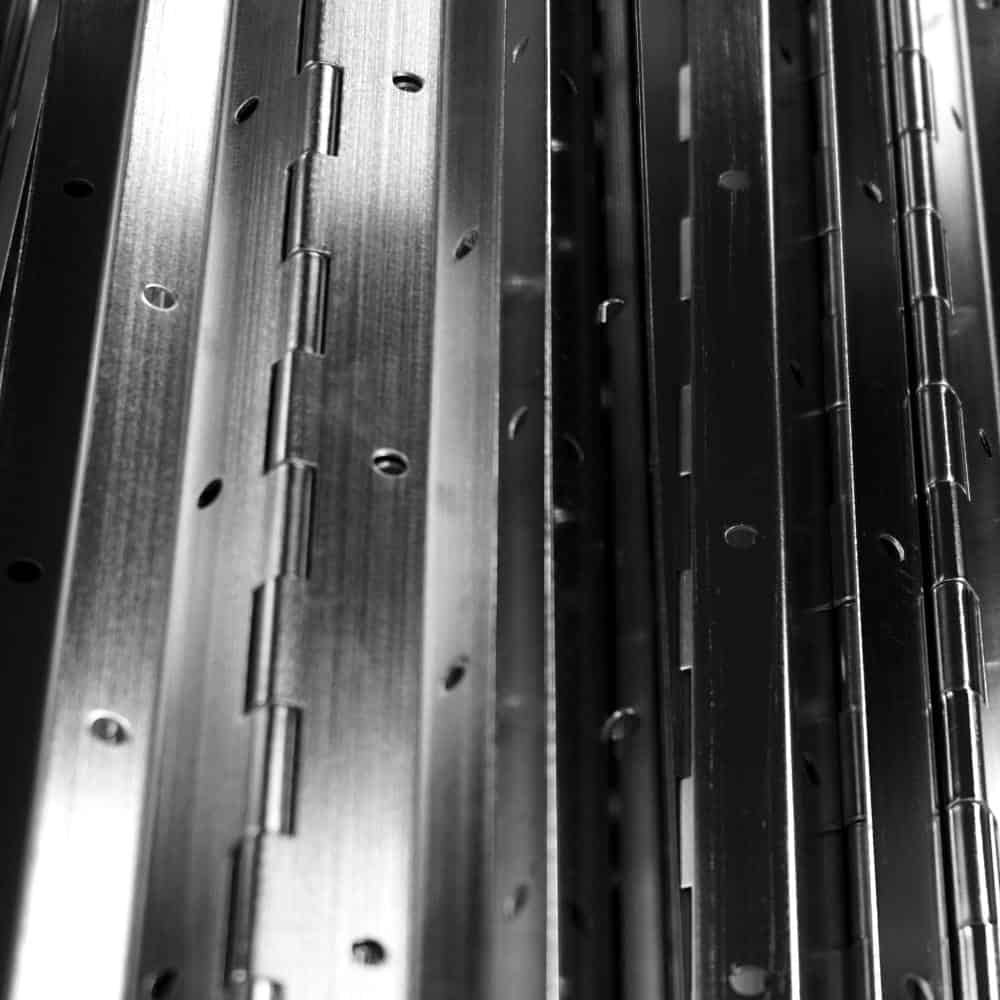

Installing and Maintenance for Long Hinges
Installing and maintaining long hinges is essential to ensure their proper functionality and longevity. Here are some guidelines for both installation and maintenance:
Installation Tips for Long Hinges:
- Choose the Right Hinge: Select a long hinge that suits your specific needs in terms of weight capacity, size, material, and aesthetic requirements.
- Positioning: Determine the ideal location for the hinge on the door or object. Use a pencil to mark the hinge’s placement.
- Mark Screw Holes: Place the hinge on the marked location and use a pencil or a center punch to mark the screw holes on the surface.
- Drill Pilot Holes: Use an appropriately sized drill bit to create pilot holes at the marked screw hole locations. Ensure the pilot holes are straight and deep enough to accommodate the screws.
- Secure the Hinge: Align the screw holes on the hinge with the pilot holes and attach the hinge to the surface using suitable screws. Make sure the hinge is securely fastened.
- Test the Movement: Open and close the door or move the object to check if the hinge operates smoothly and without any obstructions.
To maintain long hinges, regular inspection is important to identify signs of wear, damage, or misalignment. Check for loose screws and ensure the hinge is securely attached. Lubrication is crucial to reduce friction and ensure smooth operation. Apply a silicone spray or light machine oil to the pivot points and moving parts. Cleaning the hinges with mild detergent or soapy water removes dirt and debris. Use a soft cloth or brush to gently scrub the hinge surfaces. Tighten any loose screws to maintain stability. If severe damage or persistent issues occur, consult a professional for repair or replacement.


How to Custom Long Hinges
When customizing long hinges, follow these steps:
- Research and Choose a Manufacturer: Find a reputable manufacturer specializing in custom long hinges.
- Define Your Requirements: Clearly specify dimensions, materials, finishes, and desired features.
- Contact the Manufacturer: Share detailed requirements and discuss customization options.
- Request a Quote: Get quotes from different manufacturers and compare.
- Review and Approve the Design: Carefully review and provide feedback on the design.
- Place Your Order: Confirm your order and make the payment.
- Production and Delivery: Track the progress as the manufacturer produces and ships the hinges.
- Installation and Testing: Follow the manufacturer’s instructions for installation and test the hinges.
By customizing long hinges, you can ensure they perfectly fit your needs. This process offers flexibility, convenience, and tailored hinges for your project. Enjoy high-quality custom long hinges that enhance functionality and durability.
Conclusion
Long hinges provide unparalleled stability, durability, and functionality in various applications. Whether you need to reinforce doors, cabinets, or industrial machinery, investing in long hinges can significantly enhance the performance and longevity of your projects. By understanding the benefits, types, materials, installation, and maintenance of long hinges, you can make informed decisions and ensure the success of your endeavors.



